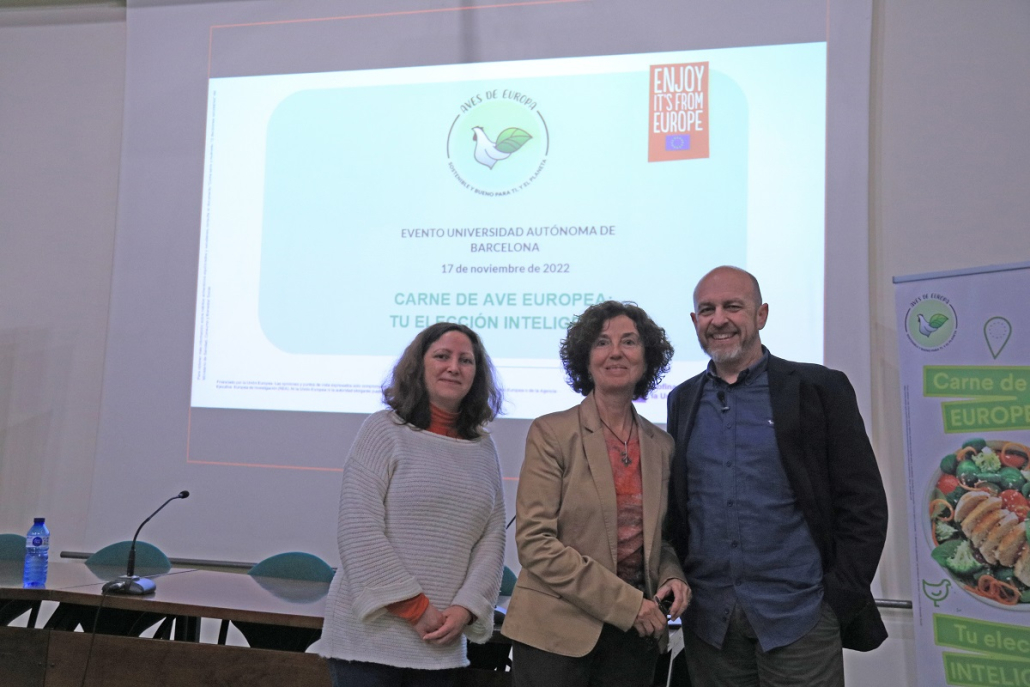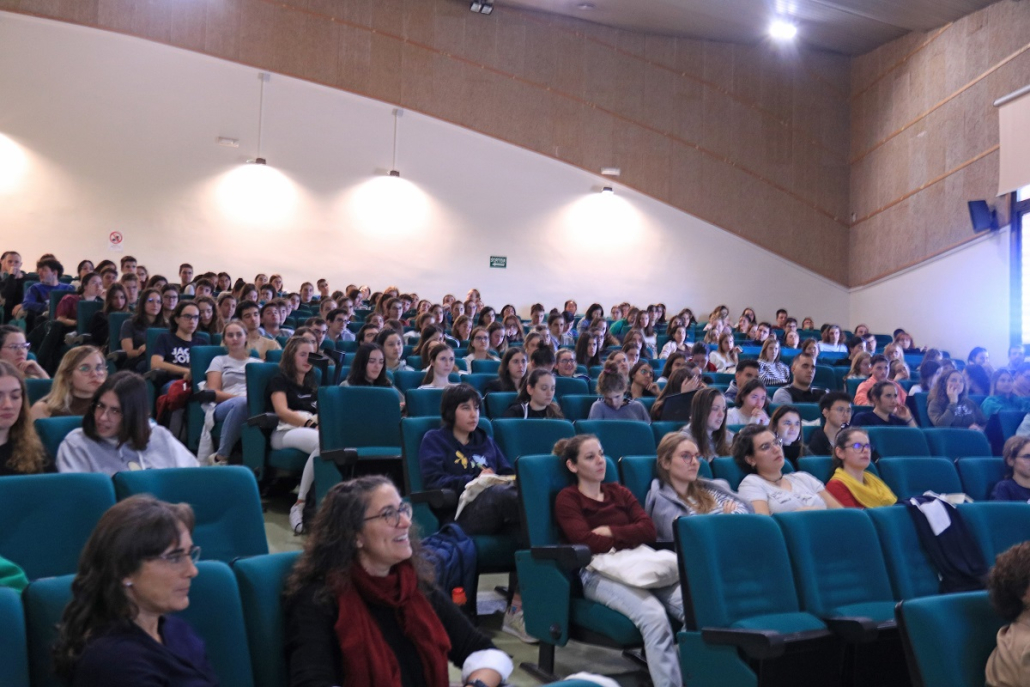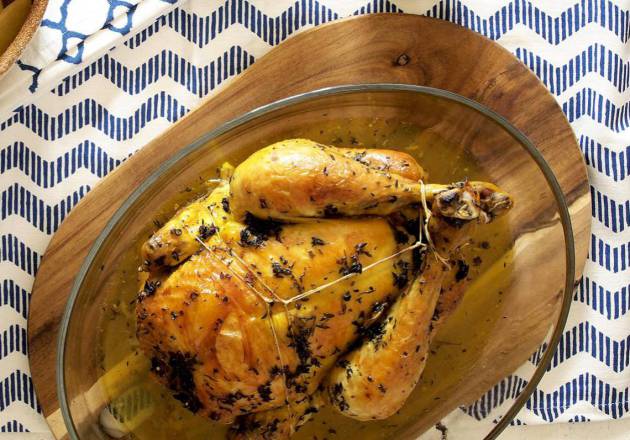INTERNATIONAL SUSTAINABLE EUROPEAN POULTRY MEAT CAMPAIGN
- The conference aims to raise awareness about the European poultry sector and its work to develop and promote more sustainable production methods.
- This program promotion of the European sustainable poultry sector, co-financed by the European Commission, has carried out two seminars at the Autonomous University of Barcelona and in the Polytechnic University of Madrid and plans to organize three more events at universities during 2023
Madrid, January 10, 2023. The promotion of sustainable European poultry meat is spreading across the most prestigious faculties in Spain, where students of veterinary medicine, agri-food engineering and food sciences and nutrition are participating in seminars specially designed for them.
With the help of the Spanish Interprofessional Association of Poultry Meat (AVIANZA) and with the co-financing of the European Commission, they have already been carried out two seminars at the Autonomous University of Barcelona and in the Polytechnic University of Madrid.
Both events were held in order to raise awareness about the European poultry sector and its work to develop and promote more sustainable production methods among students in fields related to agri-food and future professionals in the sector.
The seminar at the UAB took place last November at the Faculty of Veterinary Medicine, while at the Polytechnic University of Madrid it took place in December at the Higher Technical School of Agronomic, Food and Biosystems Engineering.
The two events hosted a total of more than 300 students from different university careers including veterinary science, agri-food engineering and other studies with a professional future in the European poultry sector.
The speakers at these seminars have been Carlos Garcés, President of the Spanish Association of Poultry Science and vice president of the European Federation of the World's Poultry Science Association (WPSA) and Magaly González, expert Sustainability, circular economy and agri-food consultant. Both speakers have developed a dialogue about the European poultry sector, its involvement with the three pillars of sustainability and the added value of his professional experience in the teaching, research and dissemination fields.
The program plans to organize three more events in some of the most important universities in Spain during 2023.
Program to promote the European sustainable poultry sector
SUSTAINABLE EUROPEAN POULTRY MEAT is a promotional campaign that will last two years and is supported by the European Commission. It has been launched by three national poultry associations (from Germany, France and Spain) and their framework association, with the main objective of raising awareness among European consumers about the sustainability of the European poultry sector and the high quality of its product.





